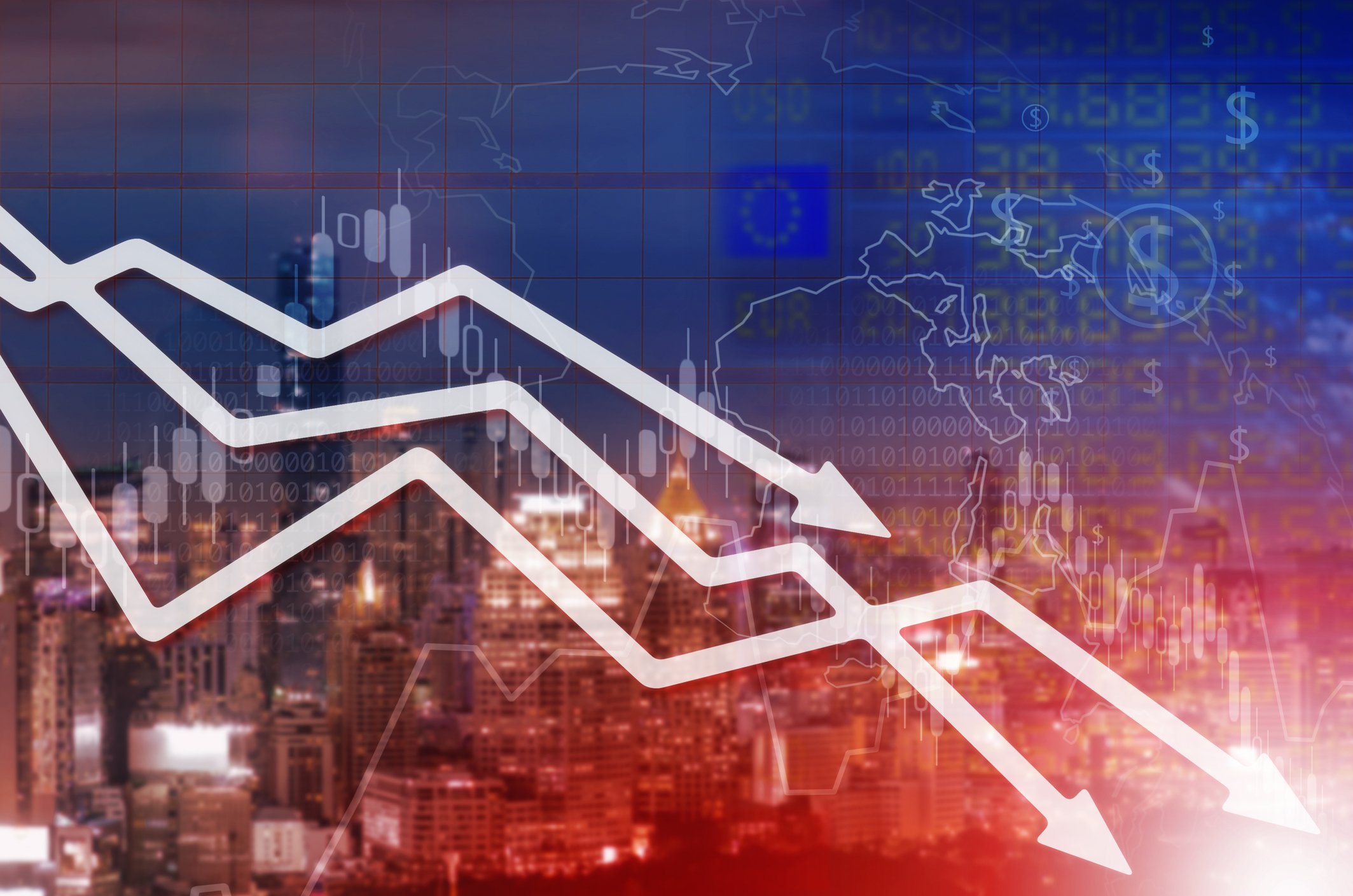What happened
Shares of Ballard Power Systems (BLDP +5.51%) fell nearly 16% last month, according to data provided by S&P Global Market Intelligence. The fuel cell pioneer reported fourth-quarter and full-year 2018 operating results that were above its last revised revenue range, but the numbers represented a significant step backward compared to 2017.
Ballard Power Systems also provided a relatively tame outlook for the year ahead. An important joint venture with Weichai Power in China will contribute an equity loss of at least $15 million in 2019 as it ramps operations. Total revenue is expected to be flat compared to last year, although more diverse sources of revenue, in terms of both customers and applications, could strengthen the company's long-term prospects.

Image source: Getty Images.
So what
The fuel cell business reported full-year 2018 revenue of $96.6 million, marking a 20% drop compared to 2017, but besting the high end of the last guidance range of $95 million. Sales in the heavy duty motive (read: large trucks) segment comprised 41% of total revenue but witnessed a 38% drop year over year. As it's the focus of the Weichai Power venture, investors will be watching for the application to drive growth in the coming years.
Ballard Power Systems reported a sharp drop in several other important financial metrics, including gross profit, adjusted EBITDA, and operating cash flow. However, it's important to note that full-year 2018 gross margin registered at 31%, compared to 34% in 2017. In other words, the business still generates healthy margins, which could bode well for shareholders if it can successfully scale core projects in the near future.
Now what
Fuel cell stocks have not been great investments to date. Will that change as the world turns to cleaner, electrified transportation technologies? Ballard Power Systems is certainly hopeful. It thinks there could be as many as 500,000 heavy-duty trucks using fuel cells on global roads by 2030, in addition to thousands of trains, buses, and many more passenger vehicles. Whether or not that future emerges could depend largely on how well the business capitalizes on the opportunities in front of it over the next few years.






